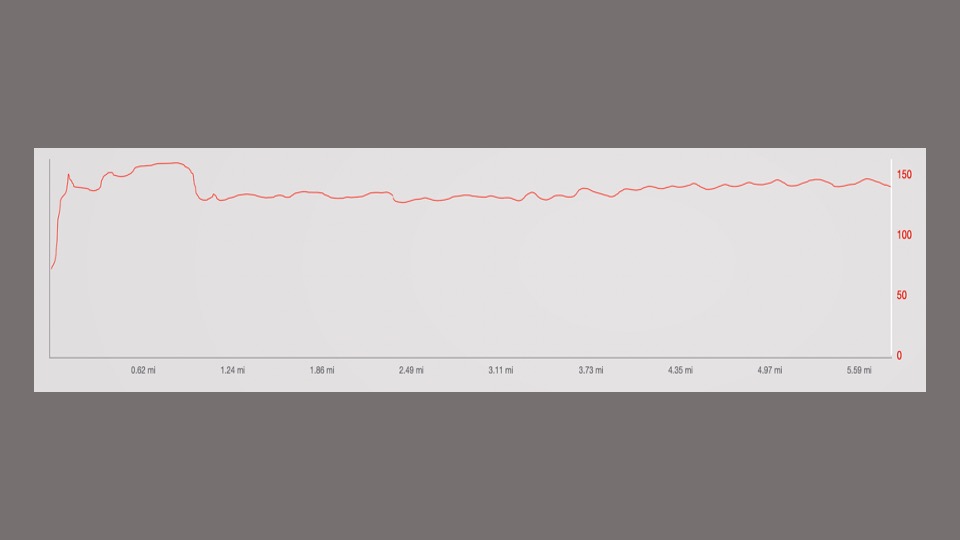For all but the very best athletes, running to prescribed data is not needed. We should not let our watches dictate what we do in our workouts. It is far better to trust how you feel, and execute the intention of the workout using prescribed effort.
I experienced a perfect example of this during my run this morning. My planned workout involved thirty minutes of easy effort running, and concluded with a few higher intensity intervals.
My wife and I went to the local park to run. It was a cold day, but I was dressed appropriately and enjoyed the workout. I began my run around the lake at a very easy effort. I had a big day ahead of me, so I wanted to ease into my workout.
After about half a mile, the run path goes up a slight incline. I felt great as I ran up the slight slope. Then I happened to glance at my watch. It told me my heart rate was 159 bpm. That is my threshold heart rate. It didn’t make sense. I wasn’t running at all hard, so how could my heart rate be so high? Should I slow down?
I didn’t slow down… I carried on running without changing a thing. The issue with the high heart rate was that my watch was giving me bad data. My heart rate strap was not picking up my heart rate correctly, probably due to the contact with my skin being too dry. I ran another few hundred yards without changing my effort and looked at my watch again. It showed a heart rate of 131 bpm. This is exactly where I would have expected it to be.
If you look at the chart above, you can clearly see where my heart rate strap started functioning correctly. It would have been when sufficient moisture (sweat) was present to enable a good reading. All my HR data in the first mile or so is bad!!
The possibility of bad data is one reason to trust how you feel. It is also possible however, that some days the data will be accurate and you should still ignore it. Running by feel is the best approach for most of us.



